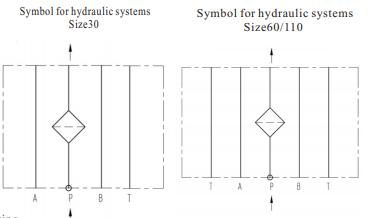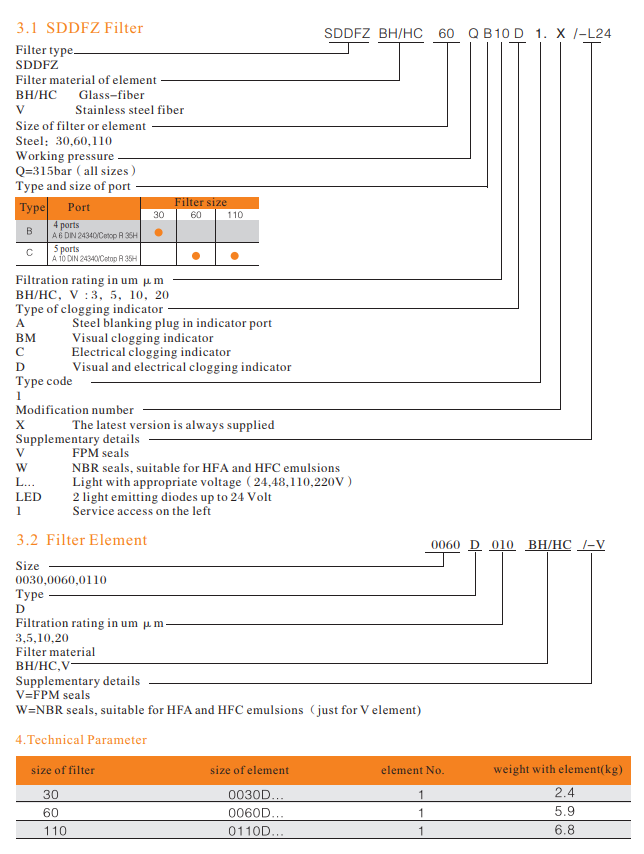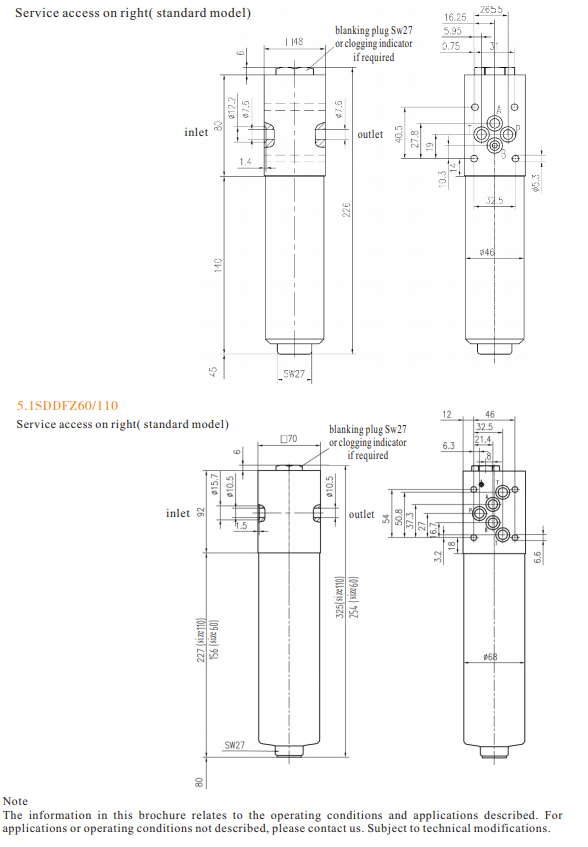Last year, the fall of many companies in the building materials industry seems to indicate that the LED industry's running and closing winds will accelerate, and at the same time, Shenzhen billion light and the billion-dollar Zhongshan Xiongji At the same time, the news of bankruptcy has pushed the topic of LED enterprise closure to the forefront.
Indeed, there are too many companies in the LED industry that are similar to children in the middle of the country. Failure is cruel and worthy of sympathy. But competition is cruel, and the survival of the fittest is the natural law under market operation. The companies that have become victims are worthy of respect and admiration. Without their sacrifices, how can we discover the hidden dangers of the industry and the pushers of these burial companies? Where is the way out for LED companies in these muds? Who will be the next one in this torrent of bankruptcy?
In fact, this kind of bankruptcy has been repeated in the country, and the reasons for the closure are similar. The previous days of the stagnation, the Brent, and the vision of the collapse of the light, the entire lighting industry is heart-wrenching. From a macroscopic perspective, it is still possible to reflect the current domestic and international economic downturn and continue to explore. From the micro-level analysis, it reflects that the difficult situation of China's SMEs has not improved.
The impact of RMB appreciation Most of the lighting enterprises in the eastern coastal areas are export-oriented enterprises with high dependence on foreign countries. Exports are denominated in US dollars. In the past year or two, the US dollar has depreciated and the RMB has appreciated. Most of the SMEs’ ​​products have low added value, and their profits are very thin. The part of the appreciation of the RMB has been deducted. In fact, the export of physical quantities is negative.
Increasing labor costs With the rapid growth of China's economy for several consecutive years, the income and treatment of employees in all walks of life have been improved to a certain extent, and the wages and treatment of workers have accordingly increased. Conducted to the corporate level, which is followed by a significant increase in cost pressure. Therefore, the original low-cost strategy of SMEs has been broken.
The rise in raw material prices began in 2008, and the prices of raw materials and transportation industries such as coal, electricity and oil soared, which made the operating costs of SMEs increase. SMEs were already unprofitable, and some even operated in debt, so they had to switch production or stop production. . Many lighting companies have begun to consider moving production bases to provinces and cities with lower labor costs in the west.
Lack of technological innovation According to the reporter, the entire lighting industry has a serious drought, and small and medium-sized lighting companies are more difficult to attract the talents needed for innovation than large enterprises, resulting in weak technological development capabilities and old-fashioned management models for small and medium-sized lighting companies. Therefore, the success rate of technological innovation is low. Many small and medium-sized lighting companies are attached to large-scale enterprises and provide services for large-scale lighting enterprises. Therefore, they are more passively adapted in terms of technology development and product development. Together with the lack of innovative talents and funds, they make their own economic strength and technology. The strength is weak, so it is difficult to attract universities and research institutes to cooperate with industry, university and research institutes.
Driven by energy-saving and emission-reduction policies, the state has paid special attention to and strongly supported lighting companies in terms of capital, technology, personnel, etc., but it is mainly aimed at large-scale lighting enterprises, but the development of small and medium-sized lighting enterprises is not enough. Pay attention to it. Therefore, most financial institutions, including many small and medium-sized financial institutions, have focused their efforts on large-scale lighting enterprise projects. Due to the shortcomings of China's current financial system, it is difficult for SMEs to obtain financing in the capital market.
According to a bank insider, banks are reluctant to lend to SMEs because of the high cost of loan transactions and monitoring. At the same time, due to the unclear property rights system of small and medium-sized enterprises, banks have provided guarantees for SME loan requirements for their own risk considerations, while China's credit guarantee for SMEs is insufficient, resulting in difficulties for SME loans.
How to solve the financing problem? The reporter consulted an expert in the financial industry and learned that in the specific operation of financing, SMEs should maintain a continuous relationship with banks. Business owners cannot only think of banks when they want to raise funds. In fact, our banks are very eager to work with SMEs. There is a very close and continuous relationship that makes it easy for banks to understand the needs of the business. Only in this way can banks provide tailor-made financial solutions for companies.
A company does not represent an industry, and the lighting industry is still a sunrise industry. From the reasons for the closure of these lighting enterprises, we can see that some enterprises have their own quality, lighting companies have a large investment, a project needs more than 100,000, millions, or even tens of millions of inputs, and funds are returned. It takes a long time for small and medium-sized lighting companies to struggle because of the lack of financial support. Therefore, if the operator's decision-making mistakes or the capital chain breaks down and the bankruptcy is closed, the government can't listen to it and should help it to ensure the foundation for future development.
SDDFZ filter housings are designed in accordance with international regulations. They consist of a filter head with a screw-in filter bowl. Standard equipment:
-Service access on the right
-Without clogging indicator.
 .
.
Filter elements are validated and their quality is constantly monitored according to the following standard:
ISO 2941
ISO 2942
ISO 2943
ISO 3724
ISO 3723
ISO 3968
ISO 16889
Filter elements are available with the following pressure stability values
BH/HC: 210bar
Stainless steel fiber(V) 210bar
Compatibility with hydraulic fluids ISO 2943
-Hydraulic oils H to HLPD DIN 51524
-Lubrication oils DIN 51517, APJ, ACEA, DIN 51515, ISO 6743
-Biodegradable operating fluids VDMA 24568, HETG, HEES, HEPG
Seals
NBR or FPM
Special Models and Accessories
-On request
General
Mounting
Pressure Filter for sandwich stacking
Temperature range
-10℃~ +100℃
Setting pressure of clogging indicator
△Pa=8 bar±10%


Sandwich Stacking Pressure Filter
Paver Filter,Filtration Filter,Sandwich Stacking Pressure Filter,Sandwich Stacking Pressure Filtration
Xinxiang Shengda Filtration Technique Co., Ltd. , http://www.shengdafiltration.com